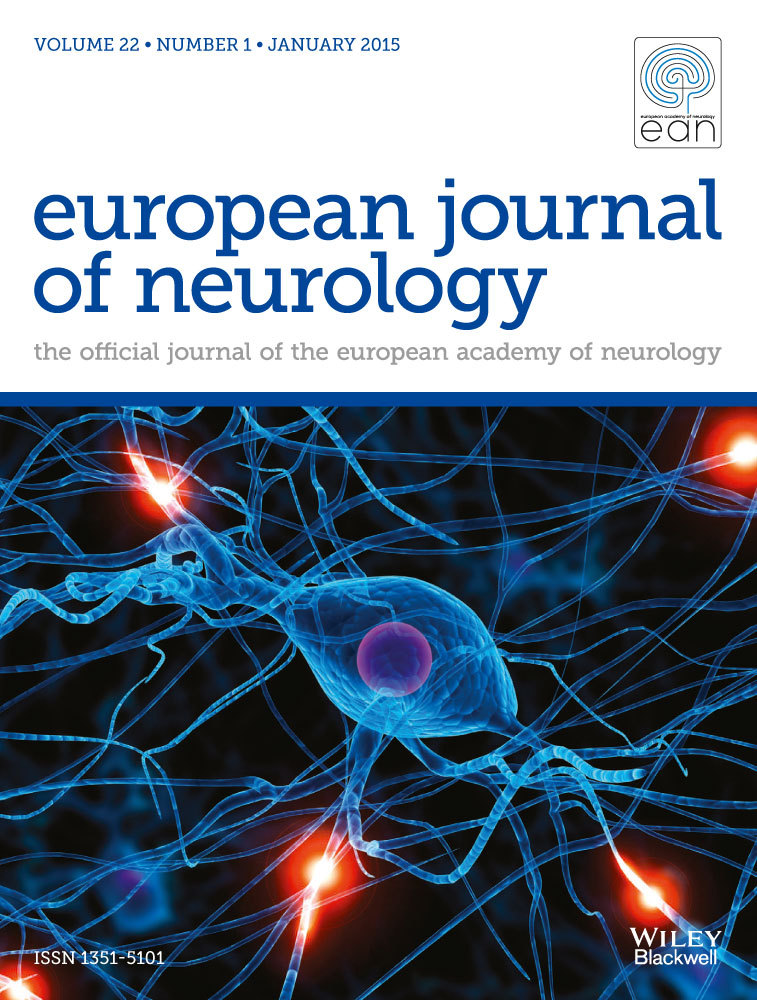Beyond the Surface: Investigating the Potential Mechanisms of Non-Motor Symptoms in Myasthenia Gravis
Abstract
Background
Myasthenia gravis (MG) is an autoimmune disorder affecting the neuromuscular junction (NMJ), driven by T cells, mediated by B cells, and dependent on autoantibodies. In addition to the typical motor symptoms of fluctuating weakness, the non-motor symptoms are also prevalent among MG patients. This review aims to present the non-motor symptoms of MG and their potential pathogenesis, hoping to contribute to personalized diagnosis and treatment.
Methods
This review elaborates the non-motor symptoms of MG and systematically detail, for the first time, their potential pathogenic mechanisms, offering a new perspective for clinical evaluation.
Results
The non-motor symptoms of MG include autonomic disorders (urinary, gastrointestinal, cardiovascular and ocular dysfunction), sensory disability (olfactory abnormalities, gustatory reduction and headaches), cognitive impairment, sleep disturbances, psychological problems (depression and anxiety), and TAMG-associated specific syndromes. Due to their insidious onset and lack of awareness, these symptoms are often overlooked. We review the non-motor symptoms of MG and first provide a systematic and detailed discussion on their potential mechanisms, including the influence of MG-specific antibodies (cross-reactivity of AChR-Ab, expression of MuSK-Ab, and striational antibodies at related functional sites), dysregulation of inflammatory factors and immune cells, collateral effects of motor symptoms, impacts of MG comorbidities, and paraneoplastic syndromes caused by thymoma.
Conclusion
Non-motor symptoms are common in MG patients. Given a series of potential mechanisms probably involved exploring these non-motor symptoms will not only enhance our understanding of MG but also aid in diagnosis and the development of precise, personalized treatments, ultimately improving the overall life quality of patients.


 求助内容:
求助内容: 应助结果提醒方式:
应助结果提醒方式:


